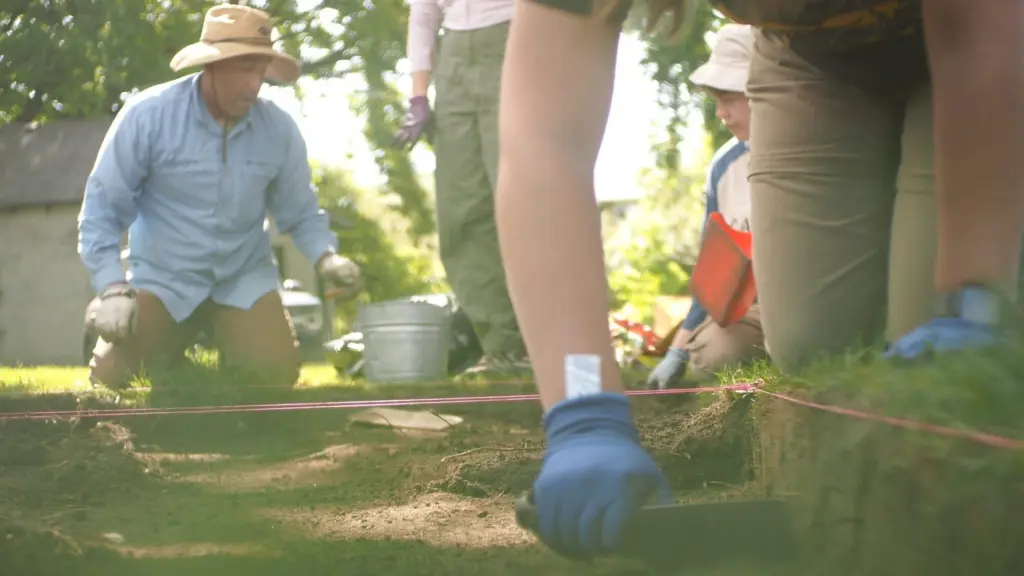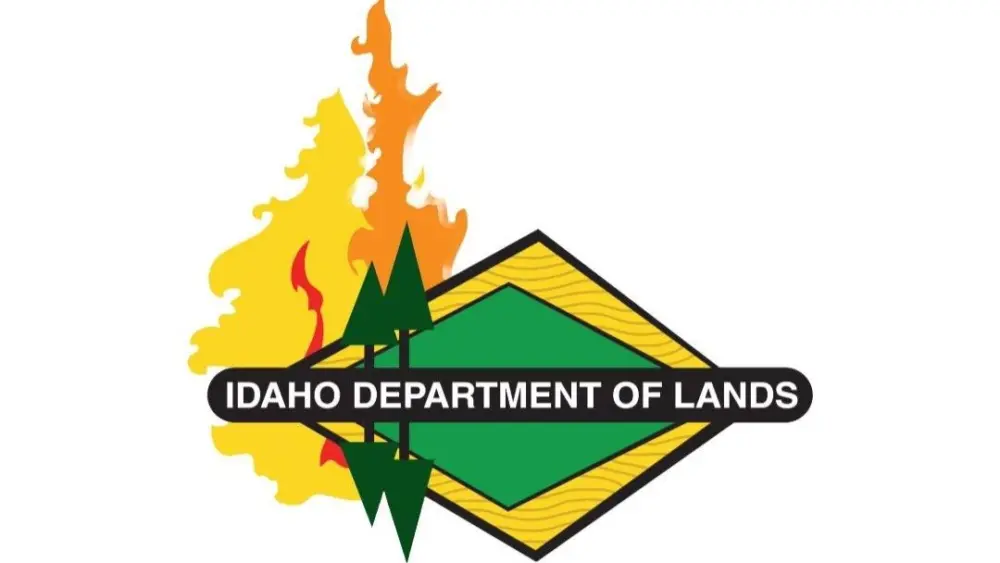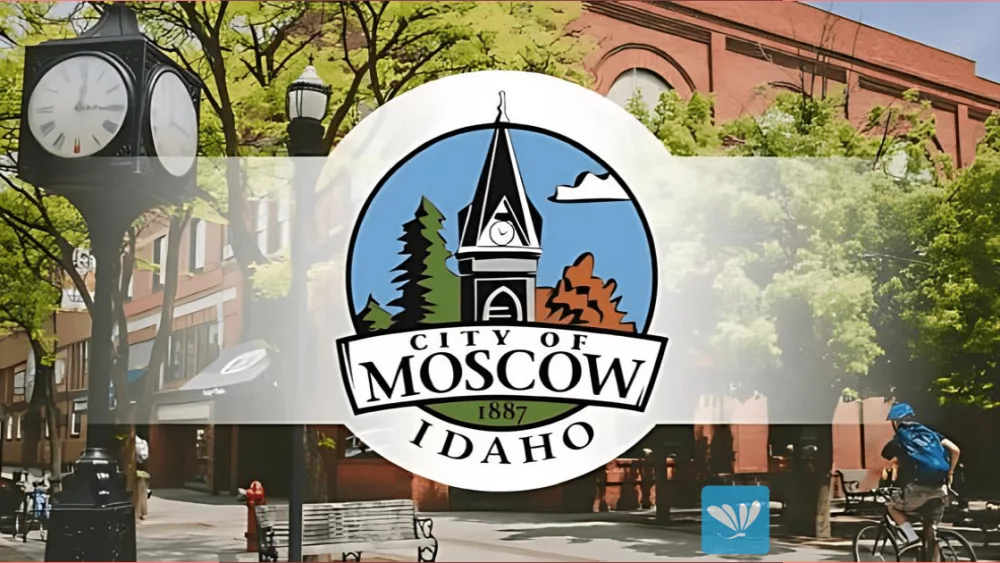Originally posted on IdahoEdNews.org on June 6, 2025
BOISE, ID – Digging for century-old trash in Downtown Boise might not be the trip to Egypt many people imagine when they think of archaeology, said University of Idaho anthropology professor Mark Warner. But it’s how U of I anthropology is giving back to the state and people that fund it, by excavating history.
Idaho Public Archaeology, a program operated by U of I anthropology professors and students, brought students and volunteers to the U.S. Assayer’s Office in Downtown Boise for a two-week field school – a vital component of an archaeology education. Students, professors and volunteers are digging this week through a midden, or trash heap, to find artifacts from the building’s roughly 150-year history.
Field schools are also just plain fun. Sophie Streiff, the lab director for the U.S. Assayer’s Office dig, said she fell in love with archaeology when she participated in an Idaho Public Archaeology field school at Moscow High School.
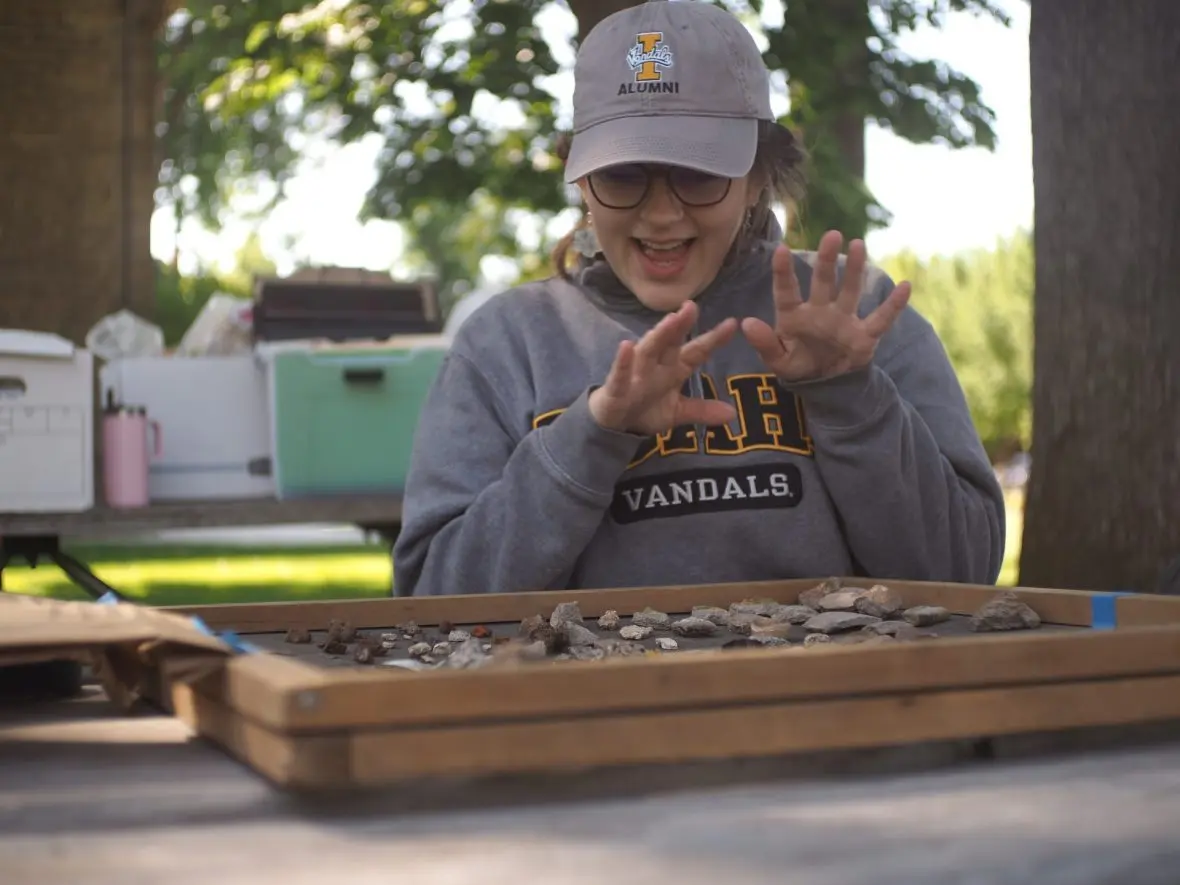
“It was my introduction to archaeology and it was kind of my moment of ‘holy crap, this is what I want to do with my life.’ I had such a life-changing experience,” said Streiff.
Streiff’s job as the lab director involves cleaning, identifying, categorizing and managing the artifacts people find as they dig.
The artifact discovery process begins in a “unit,” or a small area designated as a digging site. Archaeologists will dig only within this designated area, and they will dig slowly — taking off centimeters at a time with square-pointed shovels. They then shave away soil and scan for anomalies.
Excavated soil is loaded into buckets. Once full, these buckets are dumped into sifters in a process one might recognize if they’ve made pasta. Archaeologists break the dirt up into clumps before aggressively shaking the sifter, forcing grains of dirt to fall through its finely holed screen, leaving behind rocks, resilient clumps of dirt and artifacts.
Archaeologists then take what they think could be artifacts and send then to the lab. In the case of the Assayer’s Office field school, this resulted in a great many potential artifacts for the lab to sort through, as byproducts of the assaying process can be very rock-like.
What is assaying?
Jade Payne, a U of I masters student, is using the artifacts from this excavation to explain assaying in a technical report.
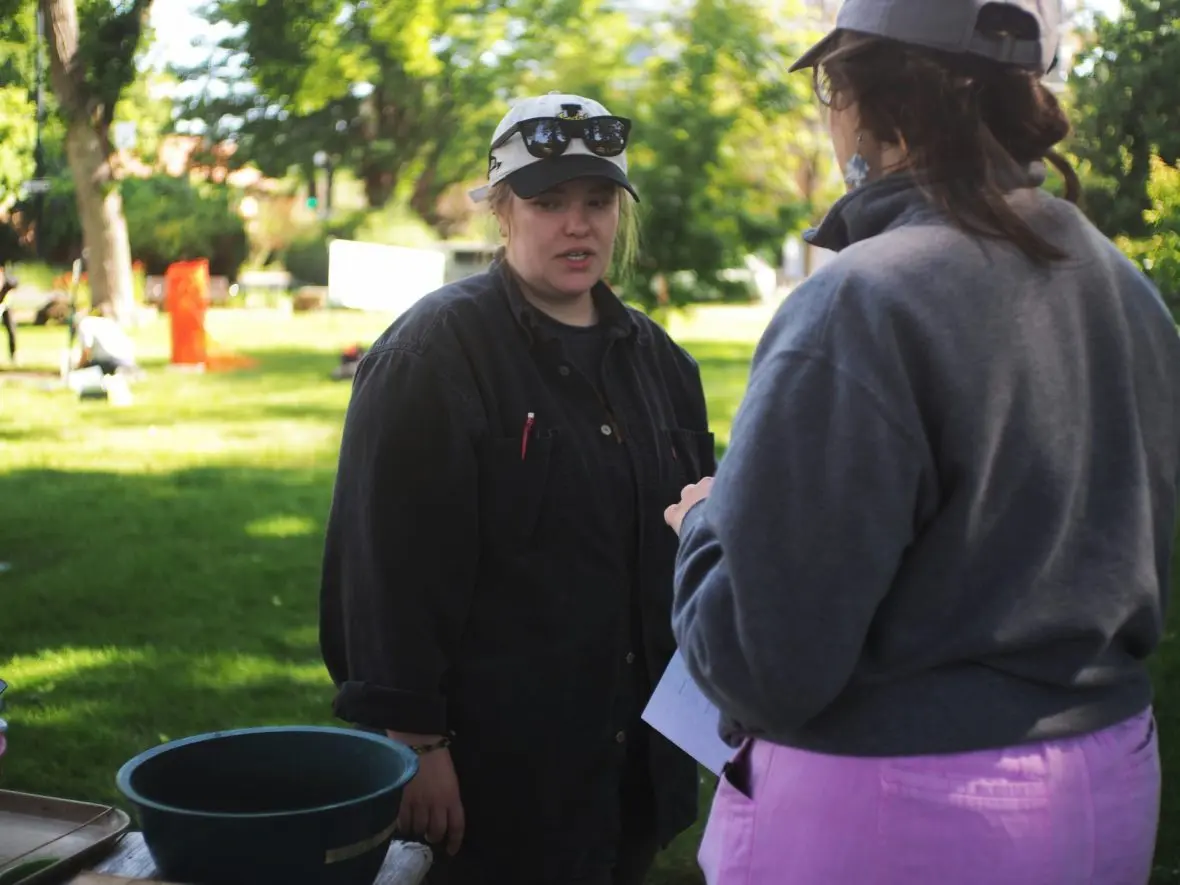
During the Gold Rush of the 1860s, the Boise Basin became a gold mining hotbed. Millions of dollars of gold and silver came out of Boise Basin mining around Idaho City. In 1869, the federal government recognized this hotbed and authorized a United States Assayer’s Office be constructed to oversee the evaluation of mineral quality and composition. The building opened in 1872.
The work being done in the assaying office involved placing samples, brought by miners, in furnaces to be melted and tested for their purity — this allowed the assayer to inform miners if a stream or vein containing gold was high-quality and would provide a return on their investment.
Mineral samples would be placed in cupels: small, porous containers shaped like bowls and capable of withstanding high heat. Mineral samples melted in a cupel would have their impurities, usually including lead, zinc and other less-than-savory metals, absorbed by the cupel, leaving a bead of pure gold or silver. Used cupels were then discarded, buried in the ground behind the Assayer’s Office, where they are now being dug up some 150 years later.
Among the used cupels are other trash items like broken glass and ceramic or buttons. There are also shards of crucibles, cup-shaped clay containers minerals are melted in, then extracted from the crucible via breaking it.
William White, a professor of anthropology at the University of California Berkeley, Boise native and U of I alum, is a volunteer helping with the excavation. While obtaining his doctorate, White wrote his dissertation on Boise’s River Street neighborhood where the U of I did an archaeology project in 2015.
“A lot of times, historic sites in the United States are based on the documents and the records and the things that are left behind,” said White about the purpose of digging up the Assayer’s Office’s trash.
“But one of the key things about archaeology is, it finds some of the things that nobody really thought to write down. For example, at this project, they may have written down the process of how they were refining these minerals… but they didn’t tell us how many of these items a day they used,” said White.
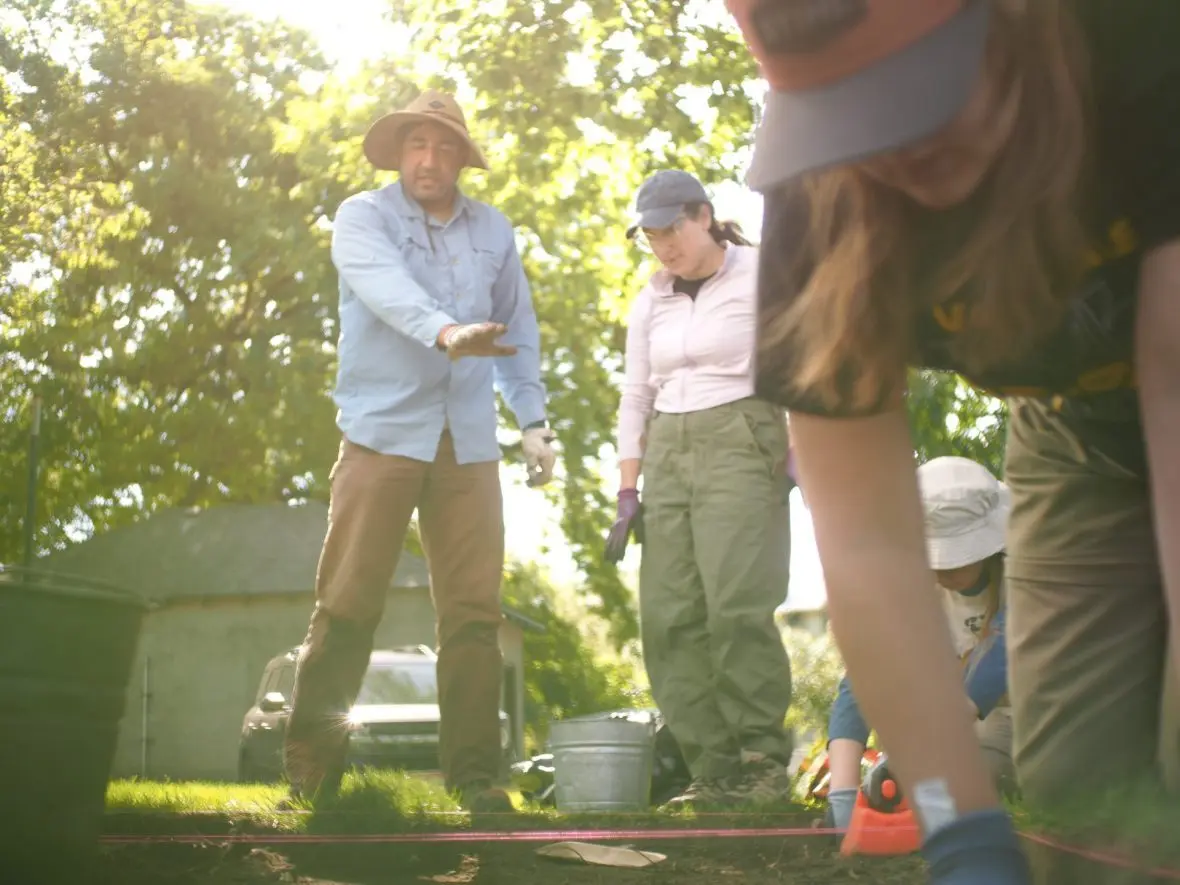
White isn’t the only academically decorated volunteer. Anna Weissman, a political scientist from Denver, Colo., is spending 10 days in Boise doing her first historical archaeology field school after a decade in academia followed by a stint of working in museums in public history.
“I thought this would be a great opportunity to get my feet wet in something that’s a little more recent,” said Weissman. “I’ve done some pedestrian surveys and early research for archaeological projects I’ve been a part of, but never have I gone soup to nuts like this.”
Weissman said that without the opportunity to volunteer at this field school, she wouldn’t be able to explore the world of historical archaeology. At least, not affordably: The typical field school costs between $4,000 and $6,000, making it prohibitively difficult for some students to get the necessary experience to be considered for a job in archaeology.
Zoe Rafter is also a masters student at the U of I, and she is Idaho Public Archaeology’s public outreach coordinator, giving tours to any curious passersby who wander onto the dig site, which is open to the public.
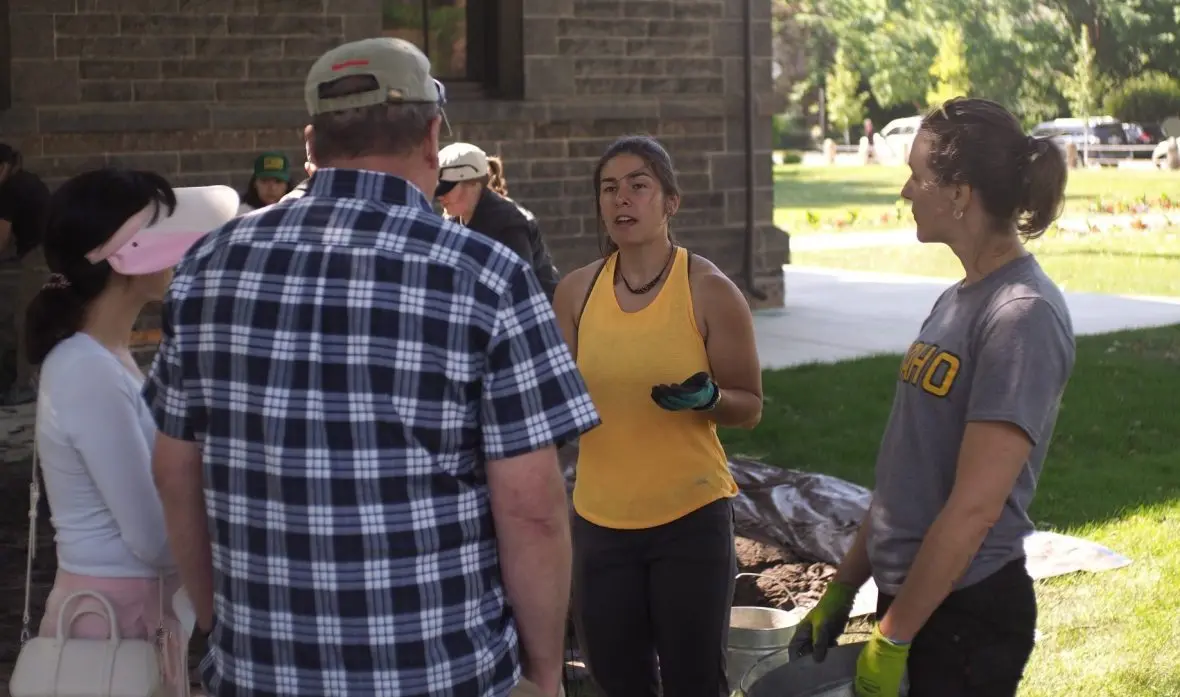
“Often times, field schools cost an abundant amount of money,” said Rafter. “But here at the U of I, this program was designed to allow students to get school credit for a field school, and to take it for a fraction of the cost. So we have some Boise State students here, we have some U of I students here and other volunteers who just plain want to get their field school done, which is really cool.”
Arcelia Sciarrotta is an incoming sophomore at the U of I, and the archaeology field school is giving her a chance that initially slipped through her hands when her plans to attend a field school abroad fell through.
“This was like the perfect opportunity,” said Sciarrotta as she broke up clumps of dirt in a sifter. She said it was necessary to complete her field school this summer because she is on track to graduate early next year, and plans to work in archaeology the following summer.
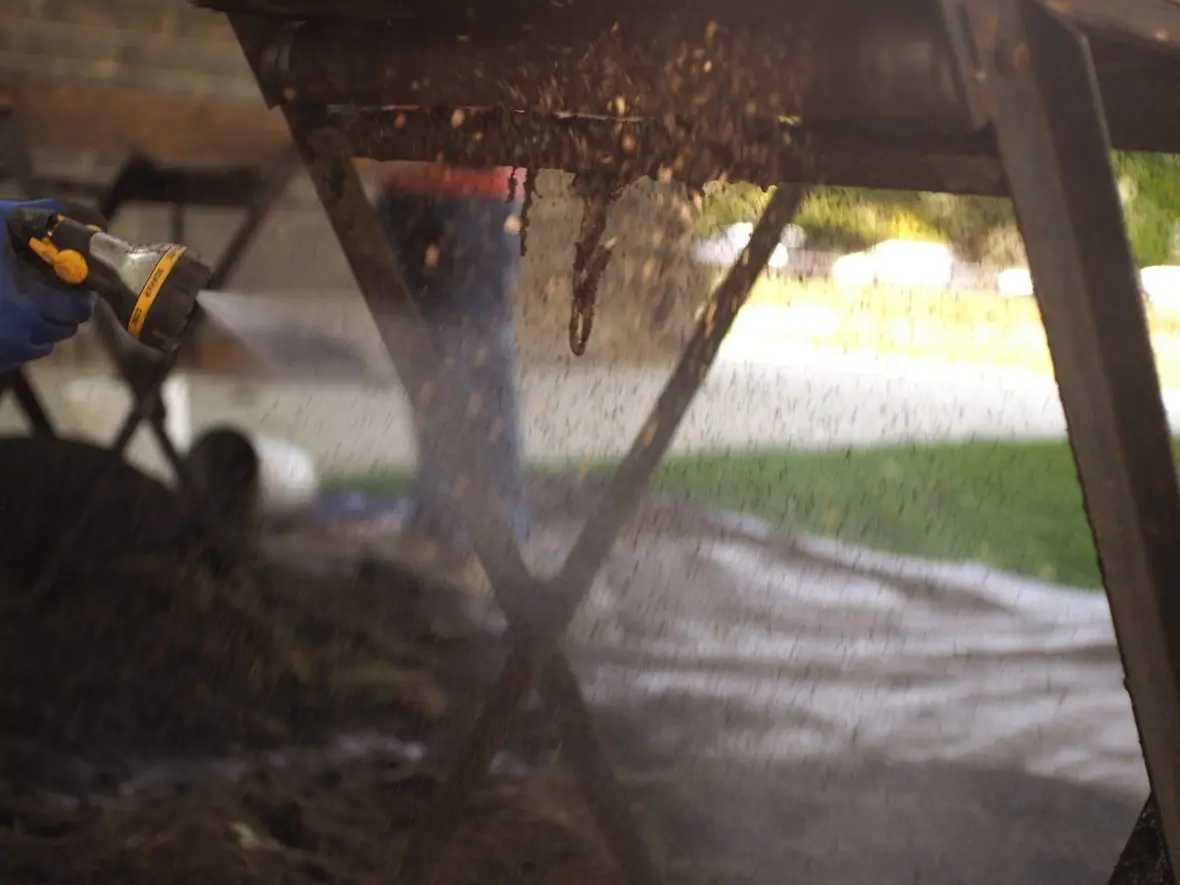
Warner, Sciarotta’s professor and the excavation project’s overseer alongside professor Renae Campbell, found Sciarotta an almost perfect example of the opportunity the university’s field schools provide for students. Almost perfect, because his field school was her second choice.
“There’s certainly a glamor to doing exotic archaeology in some faraway place, but there’s a level of privilege there that most folks can’t engage in,” said Warner.
“As an educator in a state like Idaho, where students don’t have that luxury and there’s a skepticism about higher education’s relevance, I’m happy to say we’re providing something for the state, on a number of levels: this is Idaho’s history, people can see what’s going on, people can participate. This is a university working with cities, working with the state and not running off to some faraway land.”
The U.S. Assayer’s Office excavation project will continue until June 12. Anyone is welcome to visit the excavation site to watch the archaeologists work and bring any questions they might have Monday through Friday from 8 a.m. to 4 p.m..

